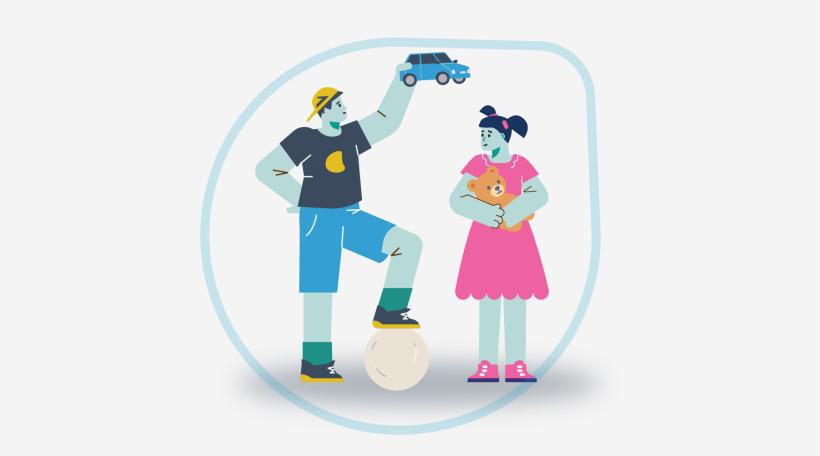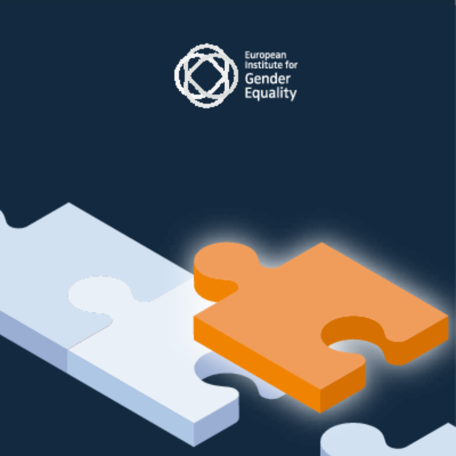EIGE's Director, Carlien Scheele, addresses a High-level International Conference on Women in Law Enforcement organised by the Lithuanian Ministry of Interior on 2 February 2024 with the participation of women in leadership positions in the internal security sector, both at the EU and at national levels.
Dear ministers and dear colleagues,
I’d first like to thank you for this kind invitation to be here today and to thank our speakers for their very thoughtful interventions on empowering more women in leadership in law enforcement.
The other week, it was International Day of Women in multilateralism – a day to actively advocate for increasing the representation of women in key decision-making positions and recognise the essential role women play in the promotion of human rights, peace and sustainable development within the multilateral system.
We contributed to a cascade of social media commentary by bringing in EIGE’s evidence on gender and security, launched in June last year, ahead of Vilnius hosting the NATO Summit in July. This was a very timely moment to look down the corridors of power and get a sense of the state gender equality.
The findings probably won’t take you by surprise. But they will still command your attention.
- Only 1 in 5 NATO Council representatives are women. Or, in other words, 4 in 5 NATO Council Representatives are Men. Flipping the numbers around has quite the impact, doesn’t it?
- Also, we found that women hold only 1 in 5 leadership positions amongst civilian staff at NATO.
- And on the side of United Nations (UN) peacekeeping operations, women account for only 11% of commanders.
Now this is just a small snapshot.
Beyond these data points, our evidence found that gender equality is simply absent when looking at EU governments, EU institutions and agencies in areas of defence, migrant and border control.
Gender equality is simply absent when looking at EU governments, EU institutions and agencies in areas of defence, migrant and border control.
Similarly on the ground, there is a gender recruitment gap in the armed forces in Member States that are either members or partner nations of NATO. Women account for less than 1 in 5 full-time members of the armed forces.
So, why is this the case?
Where are the women?
Well, frankly speaking we know where they are…
They are in lower ranking roles. The higher the rank, the less women we see. The lower the rank, the more women we see.
How did this become our reality?
When you think about what someone who works in the security area looks like, I am sure the default picture in one’s mind, is that of a man.
Because as a result of gender stereotypes, we are all on some level, hardwired to see women in more caring, nurturing roles and men in authoritative and leadership roles.
It’s often at this point where people question: “But why does this even matter?” “Why should we make this a priority topic to see more women in leadership roles?” “Does this have a significant impact on security policies?”
The answer to these questions it’s worth a broader lens view and a step back for context.
We have to understand that women and men, and girls and boys experience conflict, insecurity and threats differently.
Women and children face displacement from their homes while men may often be forced to fight in conflict, risking their lives.
As we currently see in Ukraine.
Women and girls who are fleeing the war are at a greater risk of conflict related sexual violence.
Did you know that in times of peace, approximately 35 percent of women worldwide experience gender-based violence (GBV) but in times of crises, this number swells to an alarming 70% according to United Nations Office for the Coordination of Humanitarian Affairs (OCHA).
In times of peace, approximately 35 percent of women worldwide experience gender-based violence but in times of crises, this number swells to an alarming 70%.
We are soon going to publish a report on how women fleeing the war in Ukraine can access sexual and reproductive healthcare services in the European Union under the Temporary Protection Directive.
That’s why we can’t leave women on the sidelines of decision making in the development of policy responses. The diversity of perspective brings added value to conflict prevention, peace and social resilience. More measures need to be put in place to increase gender balance in leadership in law enforcement and related sectors. Europe will be stronger and more resilient.
The diversity of perspective brings added value to conflict prevention, peace and social resilience.
To conclude with some promising facts to take us forward.
From the same evidence my Agency collected, we do in fact see a greater gender balance when it comes to principal officers in NATO.
And within the European Commission, top roles in security and defence are more evenly split between women and men. The Directorate-General (DG) for Migration and Home affairs is a woman. And the current EU anti-trafficking coordinator is also a woman.
So you see I do have a sense of hope that with women who are visible at the top, it will lead to a cascade of change across more law enforcement structures and positions.
It’s not that progress doesn’t happen. It’s that it happens at a pace so slow that it almost goes unnoticed.
The EU can be proud of having a robust gender equality strategy. The Commission, as part of union of equalities, has placed equality at the core of its agenda and with ongoing efforts to turn commitments into action, we will see the change we need.
With that, I want to thank you and thank you for bringing this important issue to the table.




